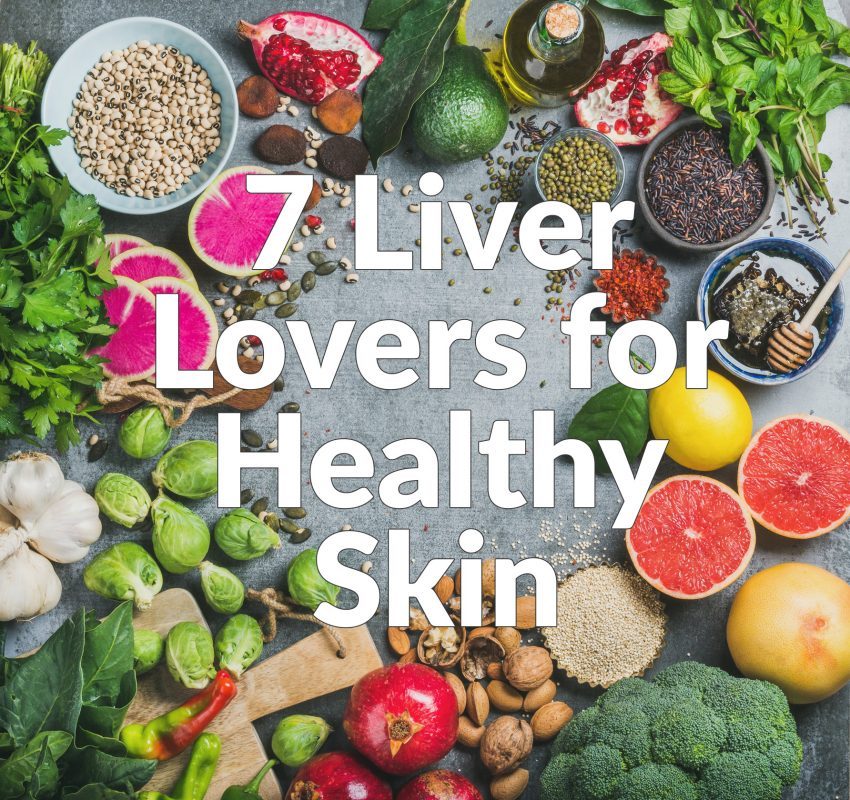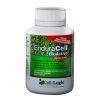What to Eat for Healthy Skin
7 Liver Lovers for Healthy Skin
If you had a chance to read Part 1 of our Liver Loving series… you’ll now know how awesome the liver is!
…and why it’s so important to take care of it, for our overall wellbeing, but also for our skin.
Our liver’s ability to breakdown and filter toxins and metabolites can have a big impact on our skin.
If our liver’s under load then it can push extra ‘load’ to our skin to deal with… this is when we might notice more rashes, itchy skin, congested skin (those little bumpy pimples), breakouts, and flare ups of eczema and rosacea.
In this post, I want to help you support your liver a little more by introducing you to our 7 ways you can love your liver.
…along with how you can include these 7 liver lovers into your daily life for healthy glowing skin
Here are 7 Liver Lovers to Support your Liver Function…
#1. BITTER & SOUR FOODS
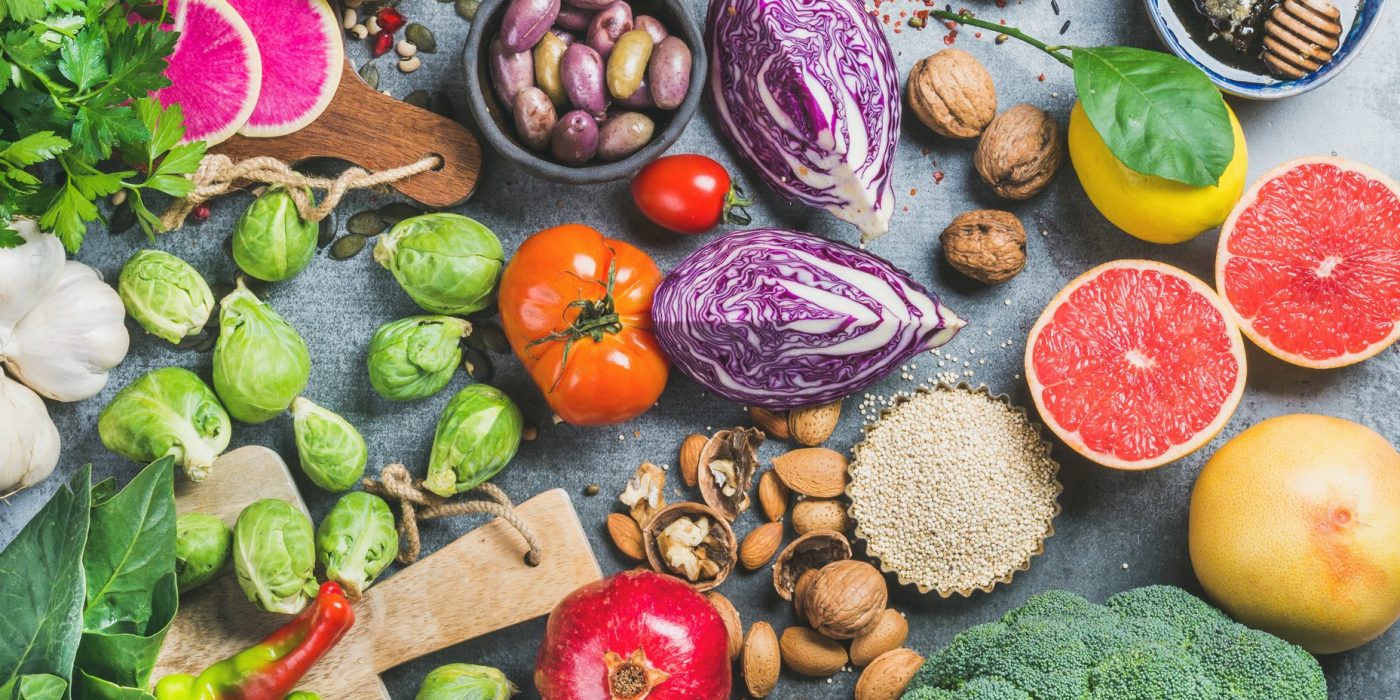
We’re talking –
- leafy greens: rocket leaves, kale, watercress, chicory, baby spinach
- cauliflower and broccoli
- spices: ginger and turmeric,
- citrus fruits: lemon and lime
- dark raw cacao,
- fermented foods like: apple cider vinegar, kefir sauerkraut and pickled vegetables.
Why are bitter and sour foods helpful for the liver?
We have bitter receptors on our tongue and in our stomach.
When we taste something in our mouth that’s bitter or sour… it triggers our stomach to start releasing digestive juices (including bile which comes from our liver)
Because our modern diet has a lot of sweet and salty processed foods, we now get very little ‘bitter flavours’
With less ‘bitter stimulation,’ we release less digestive juices… which means less breaking down of our food for absorption by our small intestine.
…and these larger food pieces are more likely to sit and ferment in our digestive system. Causing gas, bloating and inflammation in the gut.
How can we eat more bitter and sour foods?
Your taste buds get used to sweet, salty or more bland flavours, so you’re more likely to seek out these tastes… and prefer them.
Which means that when you do start eating new foods, you might find they taste overly bitter or sour to you. This will change with time.
Building up slowly with small amounts of bitter or sour foods will change your taste preferences over time. You may even find that you crave less sweet foods as a result!
Try:
- Growing some bitter, green leafy veggies in your garden or in pots. Pick handfuls and add them to each meal.
- Making a small starter dish or side salad with a few of these foods
- Dressing a salad with a little flaxseed oil and lemon juice or the green dressing suggested below.
- Switching regular chocolate for dark cacao
- Adding some fermented foods on the side of your meal
- Shooting some ACV, lemon water or fire tonic first thing in the morning
From the Ecology store:
#2. LEAFY GREEN VEGETABLES
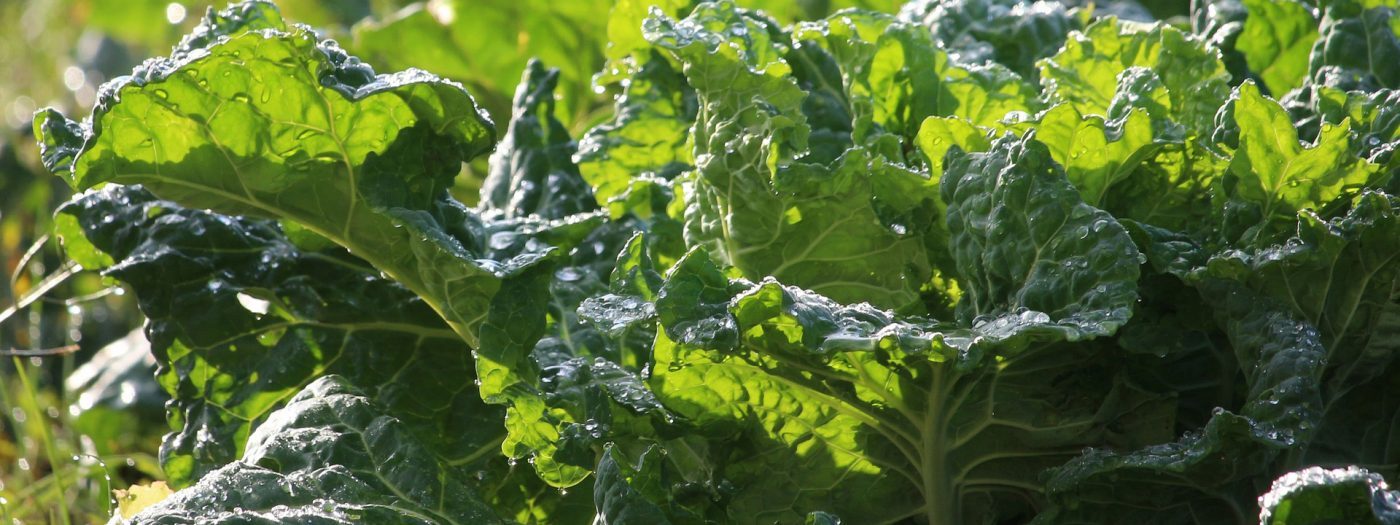
We’re talking – spinach, rocket, mustard greens and lettuce
Why are leafy greens helpful for the liver?
These leafy greens are usually bitter or sour tasting so they have all the benefits mentioned above…
…plus, they also contain high levels of nitrates.
Studies have shown that nitrates can assist with the reduction in the buildup of fat in the liver.
How can we eat more leafy greens?
Try:
- eating them raw, cooked or juiced,
- adding them to any smoothie recipe for a healthy breakfast or snack.
- adding some mustard greens or spinach to stirfry veggies just before serving
- using lettuce to ‘wrap’ your lunch or dinner (like a green crunchy taco)
From the Ecology store:
#3 CRUCIFEROUS VEGETABLES

We’re talking – broccoli, cauliflower, kale and brussels sprouts.
Why are cruciferous veggies helpful for the liver?
Cruciferous veggies contain a phytonutrient called glucoraphanin – which is a precursor to sulforaphane
Sulforaphane activates our bodies antioxidant defences and liver detoxification enzymes.
This helps to detoxify heavy metals and estrogen in the body (amongst other things)… and protects the liver from damage
How can we eat more cruciferous veggies?
Cruciferous veggies are so versatile. Once you start, it gets easier to add 1-2 cups to your food daily.
Try:
- chopping up broccoli into small pieces and add to pasta sauce or stew
- switching regular grain rice for cauliflower rice
- massaging some kale with a bit of salt and oil and putting it in the oven …this tastes awesome, you can even turn these into Kale chippies
- adding some brussels sprouts when you roast a whole bunch of veggies for your dinner or lunch.
From the Ecology store:
#4. FRESH HERBS & SPICES
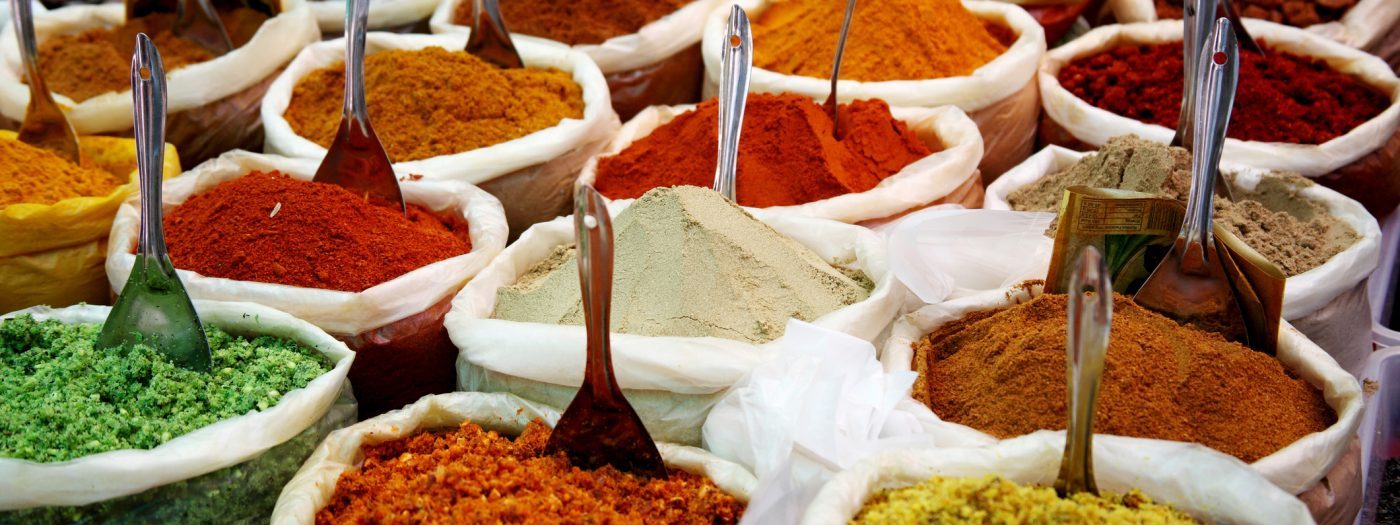
We’re talking – ginger, turmeric, parsley, peppermint, milk thistle, dandelion root, cardomom, coriander
Why are herbs and spices helpful for the liver?
Our liver needs lots of micronutrients for all the 400+ amazing functions it performs.
And my favourite and easiest way to supercharge your diet with lots of micronutrients… is by adding fresh herbs and spices to your meal. Plus they each have amazing health properties all on their own.
How can we get more herbs and spices into our food?
Try:
- Chopping up parsley and sprinkling it over your dinner
- Turmeric in your curries or dips
- Ginger in your smoothie
- Calendula flowers in your salad mix.
Every meal you have, ask yourself “how can I supercharge this with the power or herbs?”
From the Ecology Store:
#5. FOODS HIGH IN ANTIOXIDANTS
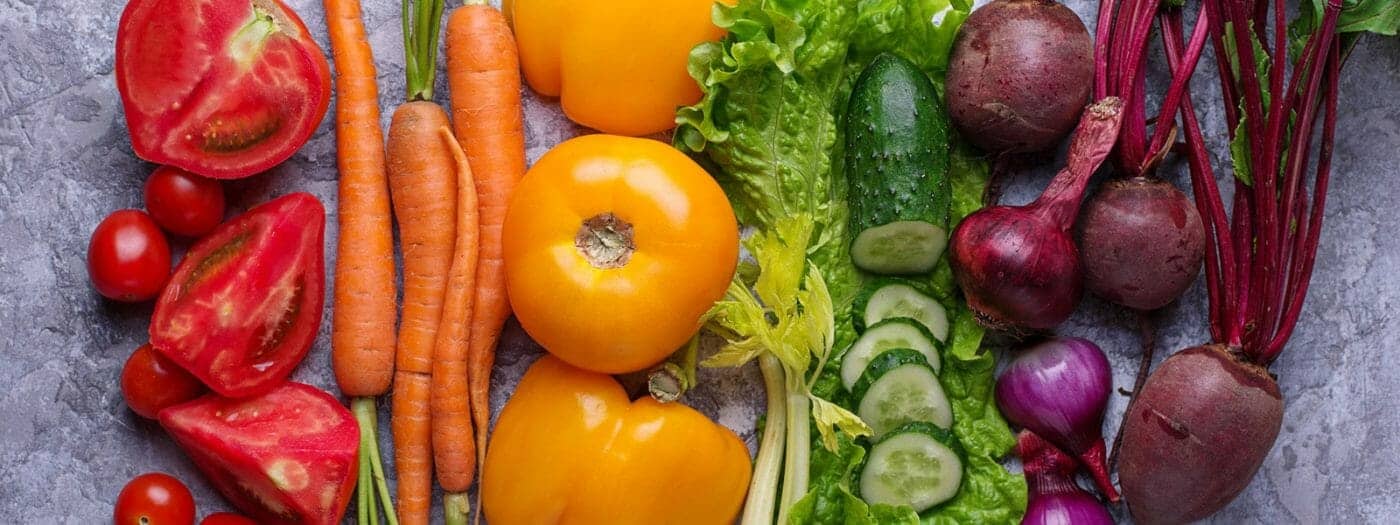
For antioxidants, we’re talking – Vitamins C, E and A, selenium, beta-carotene and bioflavenoids
Fruits and veggies are packed full of antioxidants.
So it’s really important to ‘eat a rainbow’ because all the different colours give different antioxidants and benefits.
Why are antioxidants helpful for the liver?
Antioxidants help to calm down free radicals in the body.
Free radicals increase the load on our liver and can cause damage to healthy cells.
Free radicals are created by:
- pollutants in the air
- cigarette smoke
- over exposure to sunlight
- stress
- high intensity exercise
How can we eat more antioxidant rich food?
Antioxidants can be quite unstable… so they don’t tend to last too long when it comes to cooking or storage.
So when you get them to your plate they might not have as much antioxidants in them as you would think.
I have a handy antioxidant PDF for where you can find antioxidants and how to protect them when cooking…
From the Ecology Store:
#6. FILTERED WATER

Why is drinking filtered water helpful for the liver?
Drinking enough water and keeping yourself hydrated is a great way to support your liver. Dehydration can reduce the bodies ability to detoxify. It will then take water from other places if it needs too.
(think about when you have a hangover)
How can we drink more water?
Water should be your overall drink of choice for liver health, in particular filtered water…
Less ‘things’ in what you drink = less things your liver has to deal with!
Don’t like water? How about adding in some fruit or herbs like mint to drink throughout the daily. Herbal teas are also a great way of getting our daily fluid intake… choose ones that don’t contain caffeine, as this will dehydrate you.
#7. MOVEMENT

Why is movement helpful for the liver?
Exercise and physical activity overall is supportive to the bodies natural detoxification pathways.
How we can move more?
It isn’t always about what you do, but more about doing it consistently. Doing ‘something’ every day can make all the difference.
Try including a range of both :
– aerobic exercise like walking, swimming, cycling… and
– anaerobic exercise like weight training
So there are 7 ways you can support your liver and overall health of your body and skin every day!
To get you started I have included some recipes for you to try that use a combination of the liver lovers!
Enjoy 🙂
Turmeric paste
Ingredients:
1/3 cup organic turmeric either powdered or fresh can also be used
1 1/2 tsp organic black pepper
1 Tbs organic ginger powder or grated fresh
1/3 cup coconut oil
1 1/2 cups water
Alternatively use the Golden Grind Turmeric powder and omit the first 3 ingredients
Method
1.Combine all the ingredients for the turmeric paste in a saucepan and heat over medium heat, whisking frequently. Once the mixture begins to boil, whisk constantly and let it boil for 10 minutes.
2.Remove the saucepan from the heat, and allow it to cool for about 10-15 minutes, until it’s cool enough to touch. The mixture may have separated a little, but that’s okay. Honey (2Tbs) can be added at this stage to prevent separation, just whisk in
3.Store your turmeric paste in a glass jar. The mixture should last for a couple of months in the fridge.
Turmeric hummus
Ingredients
1 can organic chickpeas drained
3 tbsp hulled tahini
1 lemon, juiced
1 garlic clove
2 tsp turmeric paste
2 tbsp olive oil
Salt to taste
Method
1. Add all ingredients to a food processor and blend until smooth
2. If wanting a runnier texture, add and extra 1 tbsp of oil or 2 tbsp of
water
3.Serve and enjoy
Pineapple and turmeric green smoothie
Ingredients
Small handful of frozen pineapple
1 kiwi fruit
Handful of leaf greens (kale, spinach, chard)
2 tsp turmeric paste
½ cup liquid (water, almond milk, coconut milk)
Method
Place all the ingredients into a blender
Green Dressing
Ingredients
½ bunch of parsley
½ bunch of mint
½ lemon
1 tbsp Apple cider vinegar
¼ cup olive oil
Method
Blitz in blender

